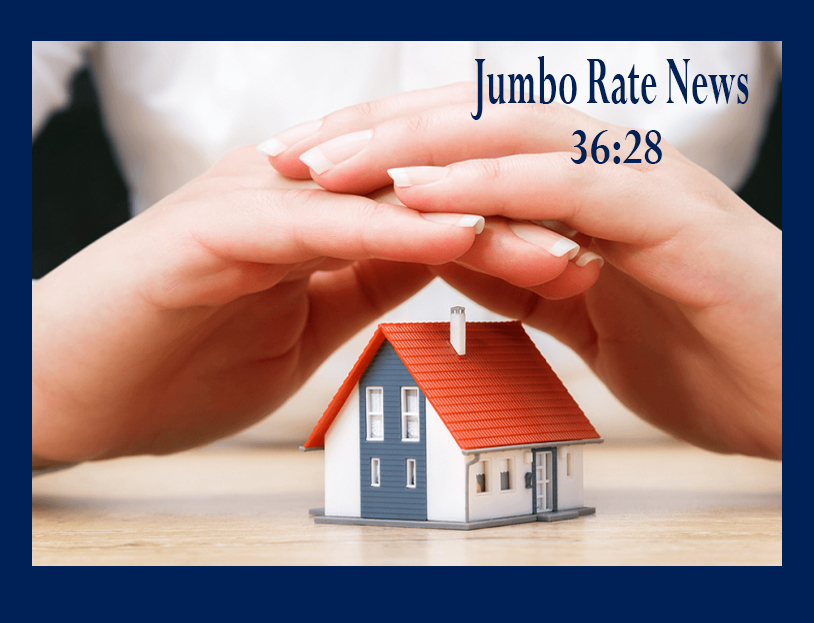For most Americans, our home is our greatest asset. At the same time, our mortgage is apt to be our biggest liability. Reconciling those two seemingly contradictory pieces of information is not always an easy thing to do… and was undoubtedly a contributor to the Great Recession.
How can a home be both an asset and a liability? The answer is time. Time is of the essence, literally. Unless you can afford to buy your house cash, which most people cannot, it has to be financed. A respectable down payment of 20% gets you in the door. You’re a homeowner—sort of. At this point, the bank is actually the homeowner.
Of course, the bank doesn’t want to own your home. It just wants to make money on its investment. The bank has invested in you. Your job and credit proved that you were worth the risk. And if you default, they take the house back.
In the first years of a mortgage, we will be paying mostly interest. the principal balance remains stubbornly high for years (unless additional principal payments are made). But one day, and there is no magic formula to tell you when, the home turns into an asset. Selling it would put more money in our pockets then what you have put into it. Sometimes, much more.
Over the life of a typical 30 year mortgage, so many things can change, both personally and to the economy as a whole. Many, or most, are beyond our control. That doesn’t matter; the mortgage note is binding and we are still responsible for payment.
During this time, there is a very good chance that the original bank will sell the mortgage. In fact, according to the Office of the Comptroller of the Currency (OCC), seven Big Banks service over 30% of all first-lien residential mortgages in the country.
The (mostly) community banks listed on page 7, however, all report that residential real estate loans exceed 20% of their entire loan portfolio. They also reported that repossessed real estate (OREO) exceeds 2.5% of residential real estate loans.
Worrisome? Some are, absolutely. You may be wondering, though, how others can be rated 5-Stars or 4-Stars if this is the case. This is precisely why we included the Bauer’s Adjusted Capital Ratio column. Bauer’s Adjusted CR removes delinquencies from the capital ratio equation and reruns it. Therefore, if the Bauer’s Adjusted CR is the same as the Leverage CR, the bank has no delinquent loans. If delinquent loans are present, but low, these numbers will not be the same, but will be close. That is the case for the well-rated banks on page 7.
In these instances, most problem loans have already been resolved (i.e. the homes have been repossessed).
Conversely, 1-Star rated Bank of Louisiana in New Orleans has 59% of its loan portfolio in first lien residential real estate. Of that, $3.1 million (11%) is still delinquent after having already repossessed $6.64 million worth. And, Bank of Louisiana has problems with other loans as well. That’s why its Bauer’s Adjusted CR is negative (-6.38% to be exact).
Another example: 2-Star Beach Community Bank in Florida has $471 million in assets. Its residential real estate loans represent 30% of total loans. Of those, $1.67 million (about 2%) are 90 days or more past due while $5.32 million have already been resolved. Beach Community Bank’s underwriting has improved dramatically since its 2018 recapitalization.
The moral of the story? Your home begins as a liability. When (and if) you are able to turn it into an asset, it will likely be the best asset you ever own. Otherwise…
We all remember 2008, don’t we?

